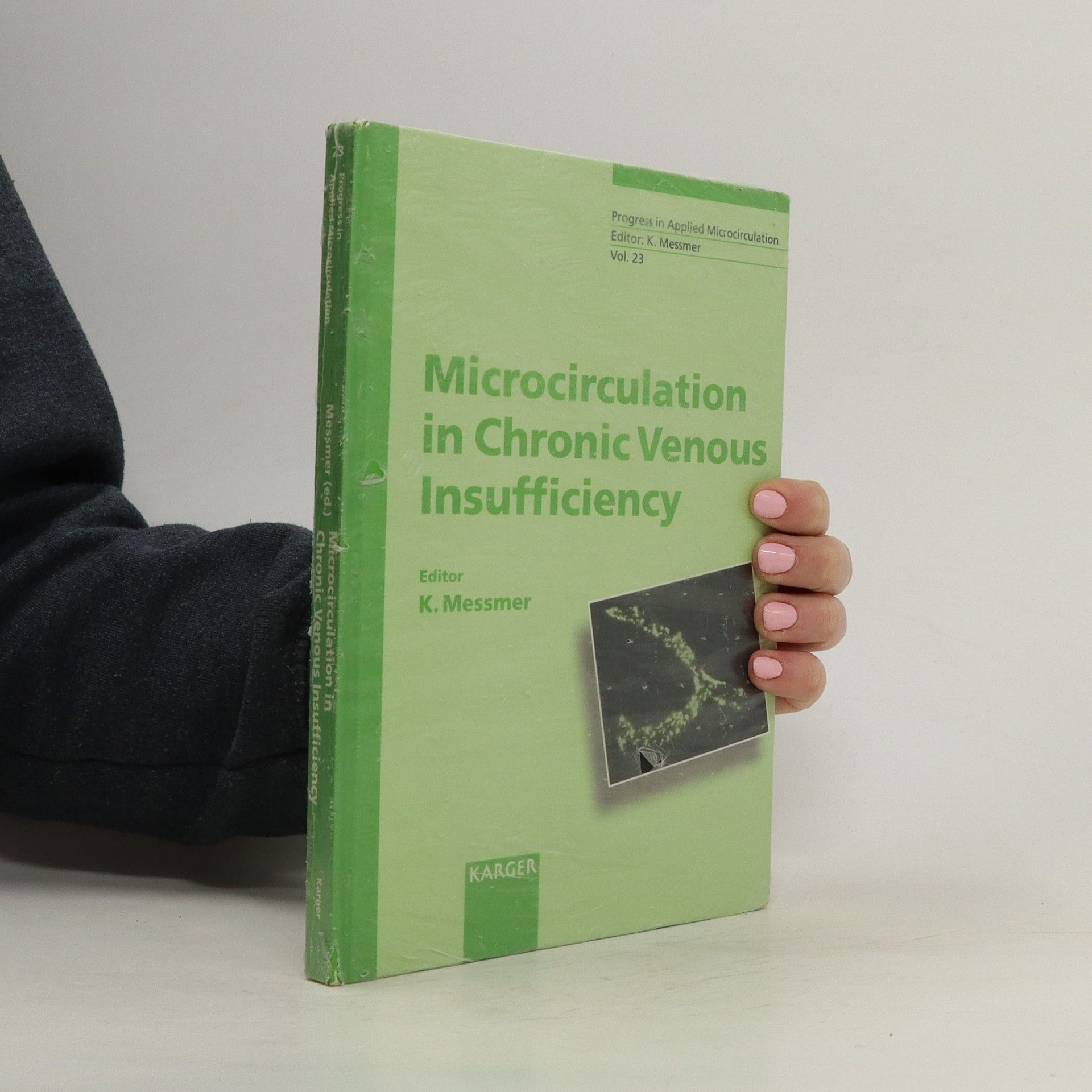Compromised perfusion indicates the inability of the cardiovascular system to sustain the normal distribution of blood flow within the entire body and can be defined as a reduction of perfusion pressure leading to the exclusion of single capillaries or groups of capillaries. Occurring in patients subjected to shock, trauma, extensive surgery and organ transplantation, it reduces the surface area available for exchange of nutrients and metabolites with the consequence of tissue hypoxia and accumulation of waste products. To counteract compromised perfusion hypertonic/hyperoncotic saline/dextran solutions are used efficiently. This book presents an overview of the most recent findings from studies investigating compromised perfusion. The selected contributions discuss the mechanistic effects and side effects of small volume resuscitation, as well as specific effects of dextran in the field of organ conservation and post-ischemic leukocyte/endothelium interaction. Furthermore, specific aspects of the biology and pathophysiology of microvascular endothelium are considered. Providing a critical review of recent advances, this volume serves as an excellent source of information for all those interested in both clinical and experimental microcirculation research.
K. Messmer Books


Microcirculation in Chronic Venous Insufficiency
- 216 pages
- 8 hours of reading
TThis volume contains expert articles on the physiology and function of the microvascular and microlymphatic systems, the physiology of microvascular fluid filtration and reabsorption, interactions between blood cells and the microvascular endothelium, and molecular mechanisms of leukocyte activation. The therapeutic goals in chronic venous insufficiency include reduction of postischemic leukocyte-endothelial cell interaction, repair of microvascular barrier and improvement of microlymphatic drainage. In addition to measures to counteract inflammatory reactions elicited by local ischemia, surgical procedures such as transplantation of lymph vessels and subfascial division of perforating veins by an endoscopic approach are reviewed. Written by leading experts in the field, this book provides the first synopsis of the role of microcirculatory disturbances in chronic venous insufficiency. It will be of particular interest to phlebologists, angiologists, dermatologists, gerontologists, vascular, plastic and reconstructive surgeons, and general physicians.